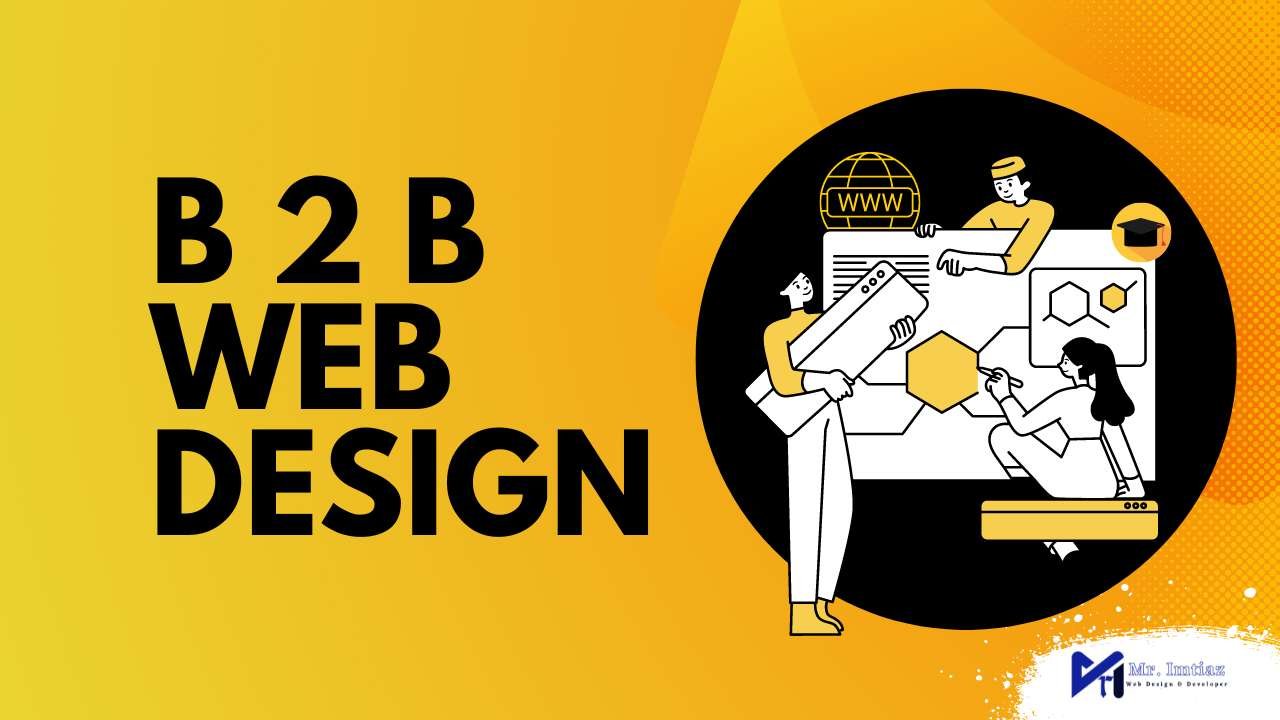B2B (business-to-business) affordable websites design are more than just another type of website. They’re the driving force behind a company’s growth and success.
Table of Contents
- Most affordable B2B website designs are built with a purpose in mind.
- They tend to have a personality that’s very different from B2C websites.
- Their design and content are optimized for certain goals.
- These goals can be anything from generating engagement and website traffic, to customer retention and leads, to brand awareness and credibility.
- It’s your job as a B2B web designer to help your clients achieve their goals by creating the Affordable Website Design possible website for their business.
- Conclusion
When designing Affordable Website Design, you have to keep in mind that your audience is not the end user, but rather other businesses that sell products or services. This can be very different from designing a consumer-oriented B2C (business-to-consumer) site because you have to focus on meeting their business needs instead of the needs of individual customers. In order for your design process to go smoothly, it helps to understand some of these differences before getting started with any projects. Here’s what they are:
Most affordable B2B website designs are built with a purpose in mind.
B2B websites are built differently than B2C sites. While they both have the same basic elements, they are designed with a specific goal in mind. For example, your website may be built as a product catalog to allow people to buy products online. If so, it’s likely that you’ll want to include an e-commerce store feature on your site so visitors can pay for their orders directly through the site and not be redirected elsewhere.
The goal of most B2B websites is essentially twofold: help businesses sell products/services and grow their business by helping them connect with prospects in some way or another.
They tend to have a personality that’s very different from B2C websites.
As we discussed earlier, B2B websites tend to be more focused on the business, while B2C websites are more focused on the customer. This is also true when it comes to content and design goals. The most common goal for a B2C website is conversion (getting people to buy), while the most common goal for a B2B website is lead generation (getting people to visit).
You can see this difference even in the way that businesses talk about their products or services: whereas a retail shop might call something “premium” if it has high quality materials or was made with care by experts in their field, an insurance company might talk about how its products are “mandated” by law or even “essential” for protecting yourself against unforeseen events like fires or floods.
Their design and content are optimized for certain goals.
When it comes to web design, there are many factors that come into play. In this section, we’ll discuss what goals your site’s design should be optimized for and how to achieve them.
- The goals of your business: This can include things like increasing conversions, driving traffic to a particular page or service, or improving the user experience on mobile devices.
- The goals of your audience: This will vary based on who you’re marketing toward (for example, if you’re selling product X to people in city X). It could also be more specific than this (like optimizing content for people who have searched for keywords Y).
- The goals of your website: For example, does it need to be easy-to-navigate? Does it need to load quickly? Does it need to comply with SEO standards? Does it need to use responsive design so users can view content on desktops and mobile devices seamlessly?
- And finally…the goals of any marketing campaign! If someone clicks an ad on Facebook which leads them back here onto our company website then their goal might be very different from ours – but we still have some control over how well those two objectives merge together under one roof (which brings us back full circle).
These goals can be anything from generating engagement and website traffic, to customer retention and leads, to brand awareness and credibility.
The website should be optimized to achieve these goals.
The website should be designed to achieve these goals.
The website should be written to achieve these goals.
The website should be built to achieve these goals.
The website should be marketed to achieve these goals, and so on…
It’s your job as a B2B web designer to help your clients achieve their goals by creating the Affordable Website Design possible website for their business.
When it comes to designing a B2B website, the first thing you need to know is what your client wants. Your client may not be able to tell you exactly what they want because of the nature of their business and its goals, so its up to you as a B2B web designer to get your clients’ input on these things:
- The target audience
- The business goals
- The business objectives
Once you’ve gotten all this information from your client, then it’s time for the fun part!
Conclusion
Congratulations! We’ve now reached the end of this guide about B2B web design. If you’re looking for a solid starting point to begin your research, I recommend checking out these resources:
B2B Design Strategy
B2C vs. B2B Websites
The Top 10 UX Tips for Business-to-Business (b2b) Websites
Feel free to reach out if you have any questions or feedback about this guide.
Happy designing!


